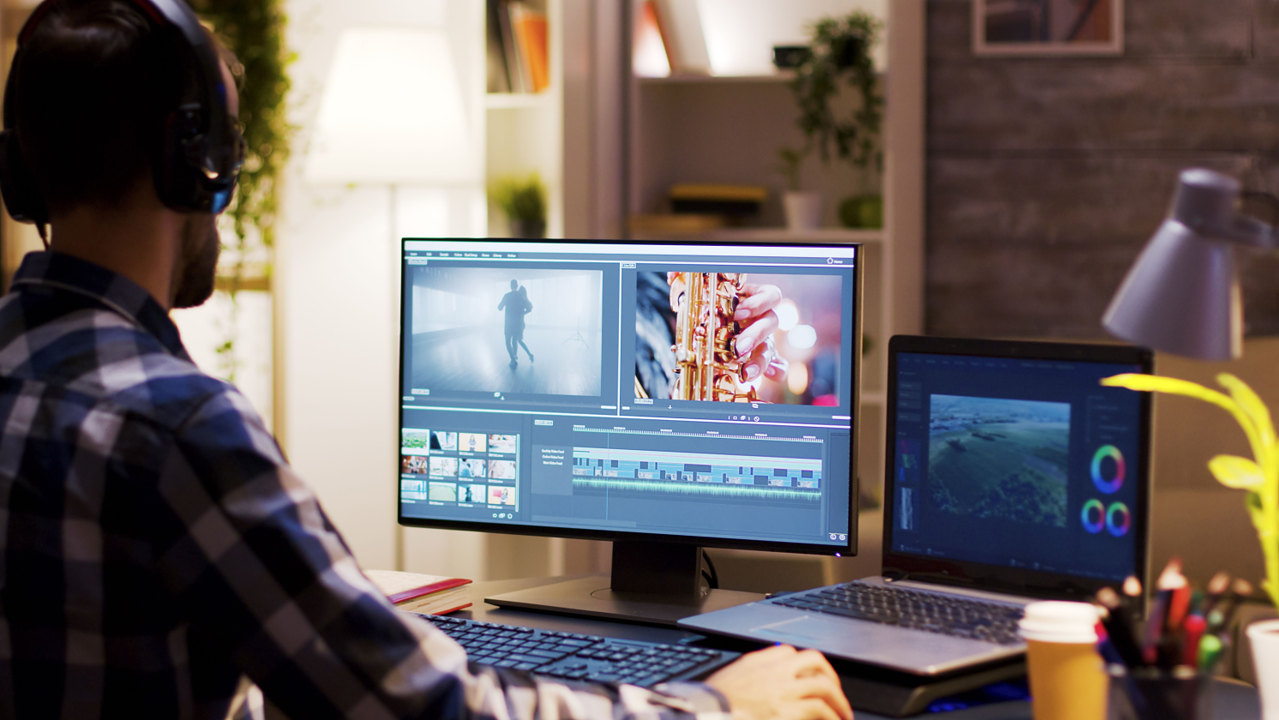In the digital age of photography, the possibilities for creating stunning visuals are boundless. Photo retouching and manipulation have become essential skills for photographers and digital artists alike, enabling them to transform ordinary images into extraordinary masterpieces. The photography workshop participants learned how to streamline their editing process by utilizing the latest Lightroom preset. In this comprehensive guide, we will explore the art of photo retouching and manipulation, from basic touch-ups to creative enhancements, to help you unlock the full potential of your visual storytelling.
Understanding Photo Retouching
1. Enhancing Image Quality
Photo retouching involves improving the overall image quality by adjusting exposure, color balance, and sharpness. Basic touch-ups can instantly breathe life into a photograph, making it more vibrant and captivating.
2. Removing Blemishes and Imperfections
Retouching allows you to remove distracting elements, blemishes, and unwanted objects from your photos, creating a cleaner and more professional look.

3. Portrait Retouching
Portrait retouching focuses on enhancing the appearance of subjects. Techniques like skin smoothing, teeth whitening, and eye brightening can add a touch of glamour to portrait photographs.
The Art of Photo Manipulation
1. Creative Compositing
Photo manipulation enables you to combine multiple images to create fantastical scenes or surreal landscapes. Compositing allows you to unleash your imagination and craft scenes that go beyond reality.
2. Adding and Removing Elements
With photo manipulation, you can add elements like animals, objects, or special effects to your images. Similarly, you can remove unwanted elements to refine the composition.
3. Creating Double Exposures
Double exposure effects blend two or more images, resulting in ethereal and artistic visuals. This technique is widely used in artistic and conceptual photography.
Step-by-Step Photo Retouching and Manipulation
1. Choose the Right Software
Select a photo editing software that suits your needs and skill level. Adobe Photoshop is the industry standard for photo manipulation, while Adobe Lightroom offers robust tools for basic retouching and batch editing.
2. Start with Basic Retouching
Begin with basic retouching to enhance image quality and remove imperfections. Adjust exposure, contrast, and color balance to ensure a solid foundation for further editing.
3. Work Non-Destructively
Utilize layers and adjustment layers to work non-destructively. This allows you to make changes without permanently altering the original image data.
4. Master Selection Tools
Learn to use selection tools effectively to isolate elements for manipulation or adjustment. Selections are powerful for compositing and fine-tuning specific areas of your image.
5. Experiment with Blending Modes
Blending modes can drastically change the appearance of layers in your composition. Experiment with different blending modes to achieve the desired effect.
6. Utilize Masks
Masks allow for precise editing by revealing or concealing specific areas of a layer. Use masks to seamlessly blend elements together and achieve natural results.
7. Add Creative Effects
Experiment with filters, textures, and gradients to add creative effects to your images. These effects can elevate your visuals and add a unique touch to your work.
Ethical Considerations
When using photo manipulation, it’s essential to consider ethical implications. Be transparent with your audience about any major alterations or manipulations, especially in photojournalism or documentary photography.
Conclusion
Photo retouching and manipulation are powerful tools for creating stunning visuals that resonate with your audience. From basic touch-ups to elaborate compositing, these techniques allow you to express your creativity and transform your photographs into works of art.
Remember to approach photo manipulation ethically and responsibly, and let your imagination guide you in crafting visuals that tell compelling stories and evoke powerful emotions.
So go forth, armed with the knowledge of photo retouching and manipulation, and embark on a journey of creative expression that brings your visual storytelling to new heights.

Leave a Reply